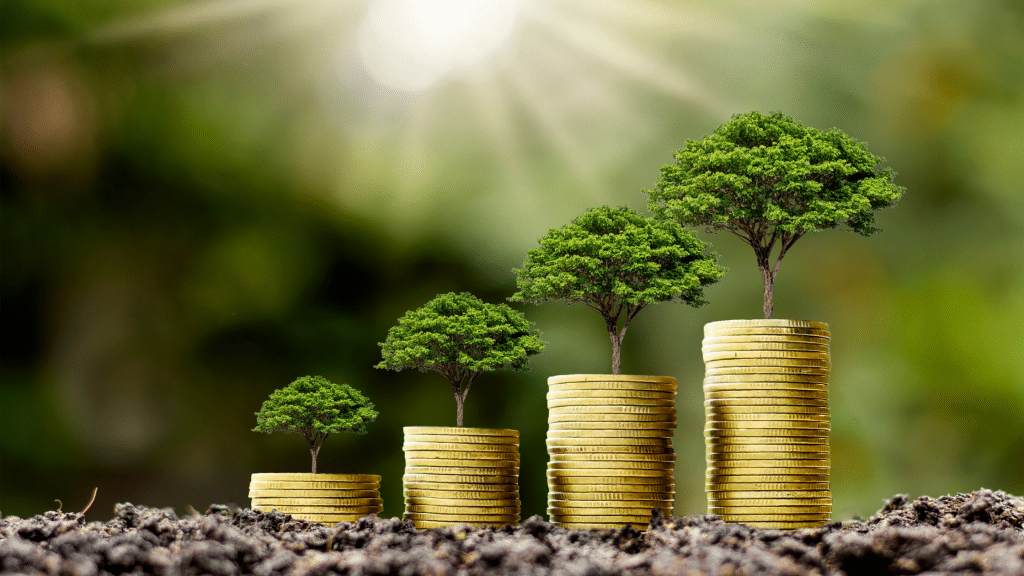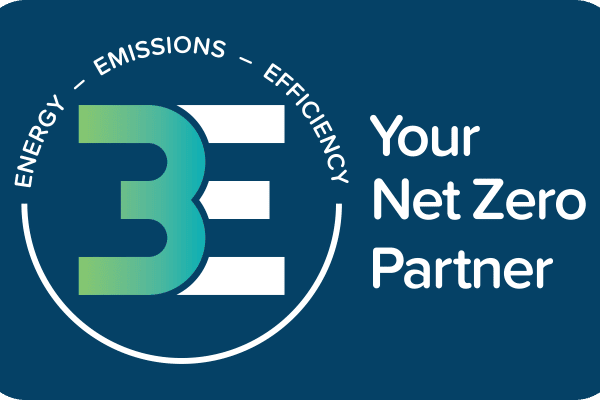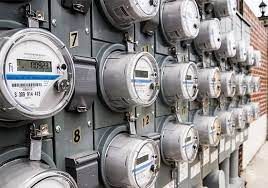The 2022-23 Federal Budget from a Sustainability & Net Zero Perspective
With the need for all countries to immediately scale up their climate action plans to limit global warming to 1.5° Celsius pre-industrial levels, the Federal Government is striving to place its Net Zero emissions target by 2050 back on track while building new, clean energy industries.
The 2022 -2023 National Budget is a post-COP26 budget that will start focusing on addressing the climate crisis and other environmental issues.
Following some of the themes established in previous budgets (2020 – 2021 and 2021 -2022) the emphasis – from a sustainability perspective – has been placed on investments in modern technologies that aid in reducing emissions and promoting renewable energy.
The Morrison Government has previously supported new initiatives for energy efficiency, zero carbon emissions, exploration of future renewable fuels, and the use of hydrogen to power automobiles.
Maintaining energy affordability, increasing energy security, and decarbonisation of businesses and households are in line with the previously announced National Long Term Emissions Reduction Plan.
Recommended Reading: Federal Government announces $1.9 billion energy fund for ARENA and next-generation energy technologies
What are the funding priorities in the 2022-23 Federal Budget from a Sustainability and Net Zero Perspective?
Josh Frydenburg, Treasurer of Australia, announced the 2022- 2023 National Budget on 29 March 2022 with new funding allocations for several initiatives related to sustainability and Net Zero.
1. Emissions Reduction
First and foremost, $2.4 billion has been allocated for the energy and emissions reduction portfolio. This includes the establishment of critical infrastructure to support energy security, and ensure that there will be reliable and renewable energy resources for both residential and commercial needs.
Angus Taylor – Minister of Industry, Energy, and Emissions Reduction – revealed that the budget has set the path for a stronger economy, post-pandemic. He believes that strengthening the country’s sovereign manufacturing capabilities will help Australia secure its resilience during trying times.
“We are also investing in critical infrastructure to ensure reliable and secure energy for Australian households and businesses, and build on our strong record of reducing prices,” Minister Taylor said.
Taylor also believes that technology, and not taxes, will help the Government “meet and beat its 2030 emissions targets”. Investing in technologies to help decrease emissions play a huge role in helping the world decarbonise.
2. Supporting waste and recycling capabilities
Building on the $388.6 million already committed to reducing waste, the Government is investing a further $83.1 million in Australia’s waste and recycling capabilities. The $83.1 million Recycling Modernisation Fund aims to improve recycling and waste transformation in Australia. This is part of the Modern Manufacturing Initiative (MMI) which also aims to grow the manufacturing sector and include renewable energy in its sustainability portfolio. This includes $60.4 million to develop new state-of-the-art technologies to improve the reuse of plastics. A further $18.2 million will improve awareness of correct recycling techniques and develop a ReMade in Australia scheme to give consumers confidence about which products are remade here in Australia.
3. Reforming environmental regulations
The Government is investing $192.0 million to further streamline and strengthen environmental laws. This includes $62.3 million to support the creation of up to 10 bioregional plans, protecting the environments of key regions while fast-tracking project planning. A further $52.5 million will reduce the environmental compliance burden on businesses across Australia.
4. Protecting Australia’s environment and ecosystems
The Government has committed over $2.3 billion to protect Australia’s environment and its ecosystems.
The Great Barrier Reef is part of Australia’s identity and protecting it is a top priority for the government, not only for the country but for the world too. Reef 2050 Long Term Sustainability Plan is a $1 billion program to protect and restore the reef for future generations to come.
Sussan Ley, Minister for the Environment, said, “We continue to invest in the delivery of practical environmental outcomes, from a billion-dollar transformation of our waste and recycling industry to funding for environmental restoration and our billion-dollar investment in supporting the future of the Great Barrier Reef.”
A Decarbonised Future Leads to More Job Opportunities
Budget measures for energy and emission reduction are expected to create and support thousands of jobs in the sector.
According to the Liberals’ website, the Government will invest more than $22 billion in low emissions technologies, driving over $88 billion of total investment to reduce emissions while growing the economy and creating jobs across Australia.
As Australia transitions from coal-dependency to renewable energy resources, more infrastructure is needed to become fully decarbonised. More skilled engineers, electricians, and energy efficiency specialists are needed as we focus on solar panel production and recycling of used solar batteries. The Government has also invested in supporting skilled and apprenticeship programs to support career development and jobs growth.
In this Budget, the Government will invest a further $2.8 billion to support Australian apprenticeships, building on the $13.3 billion spent on apprenticeships and traineeships since 2013.
Hydrogen-powered power plants would need workers with different skill sets, and this opens new job opportunities. $300 million have been allocated to support clean hydrogen in Darwin, as it is positioned to be a global low-cost clean energy hub.
Opportunities for renewables and future fuels are coming through the pipeline and the Government must be ready to welcome these and offer training for would-be skilled workers.
The Impact of Federal Election on Australia’s Net Zero Future
Australian businesses and organisations are taking environmental issues seriously, especially decarbonisation. The Federal Budget is a good opportunity to allocate investments that will support businesses’ Net Zero commitments. However, there is a level of uncertainty when it comes to Australia’s pathway towards Net Zero given it’s an election year. Each political party has different approaches and priorities when it comes to Australia’s transition to Net Zero.
The looming Federal Election (21 May 2022), casts a shadow on new funding allocations in the 2022-23 Budget and funding support for pre-existing programs within the Long Term Emissions Reduction Plan. These may not see the light of day, or be snuffed out entirely, should there be a change of government following the Federal Election.
Furthermore, given recent geopolitical conflicts and supply chain issues impacting petrol prices, the central theme for the 2022-23 Budget and the upcoming election was primarily concerned with easing the cost-of-living pressures. Perhaps in future Budgets, more emphasis and funding can be given to pressing climate change and sustainability issues.
Australian businesses and organisations are looking for stability and predictability with respect to climate change policies – especially funding priorities and incentives surrounding existing and new technologies.
Long-term funding and support for agencies such as Australia Renewable Energy Agency (ARENA) go a long way to give the private sector incentives to adopt renewables and invest in new technologies and infrastructure.
Recommended Reading: Energy and Climate Change Policies Compared Leading up to Federal Election 2022.
Connect with Ecosave for your energy efficiency and Net Zero needs. Call us at 1300 55 77 64 today!





